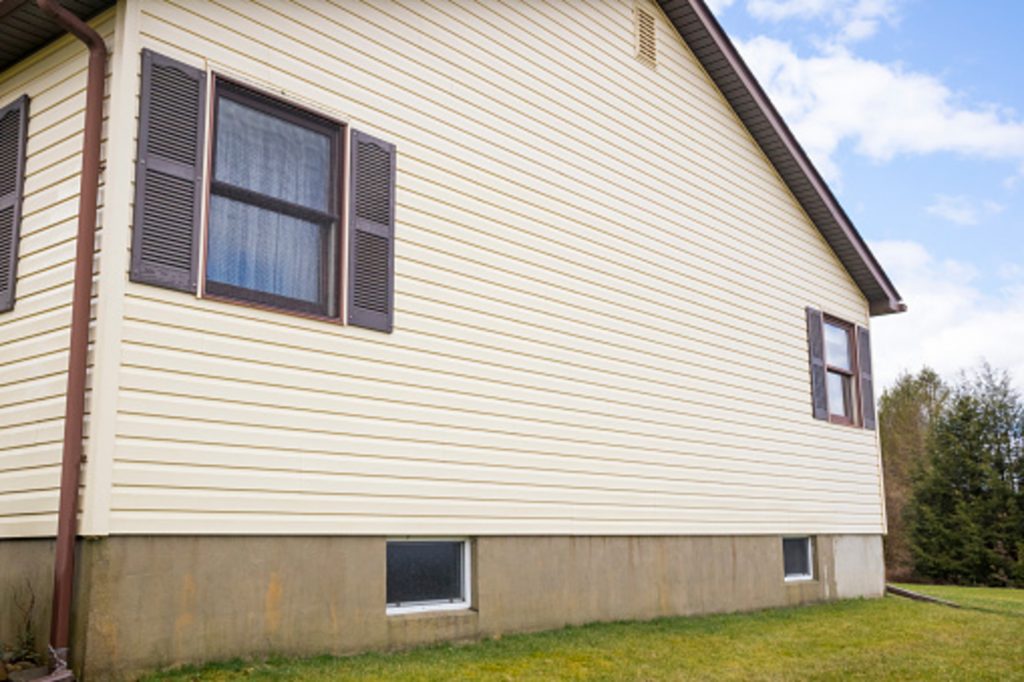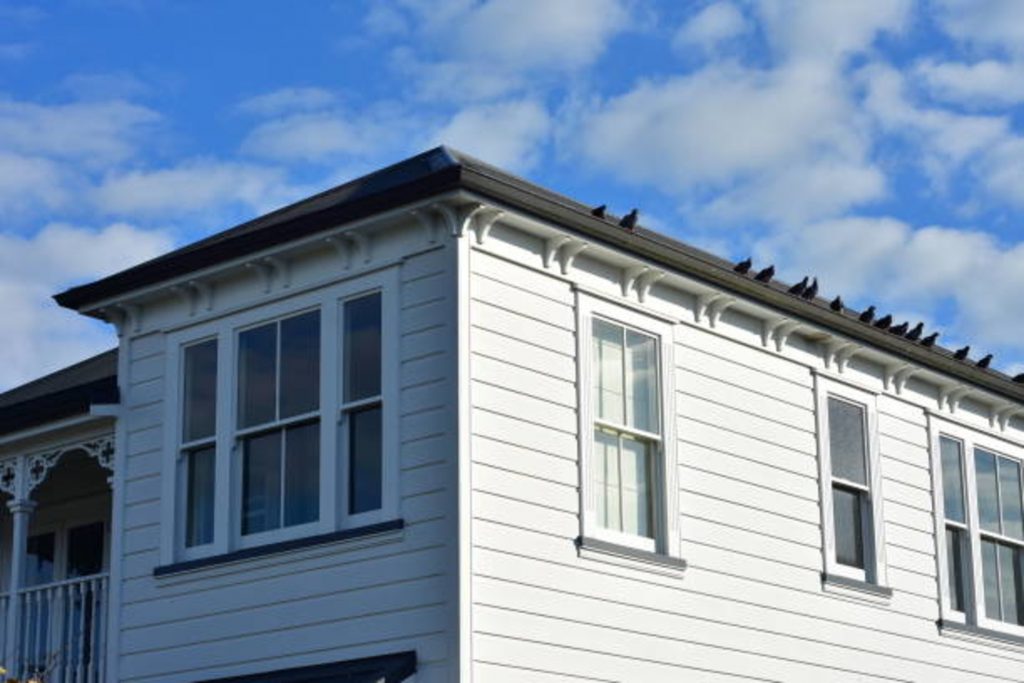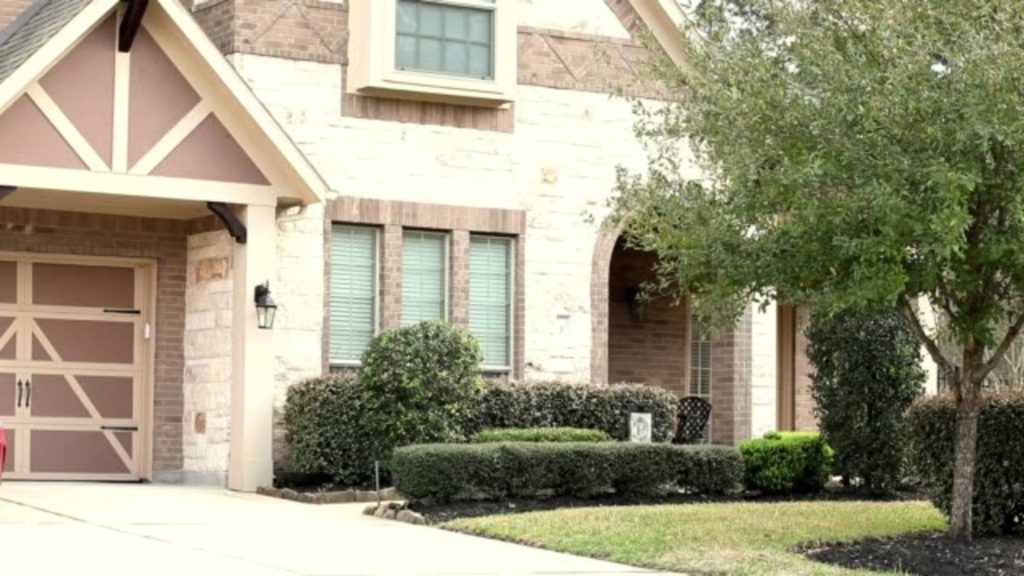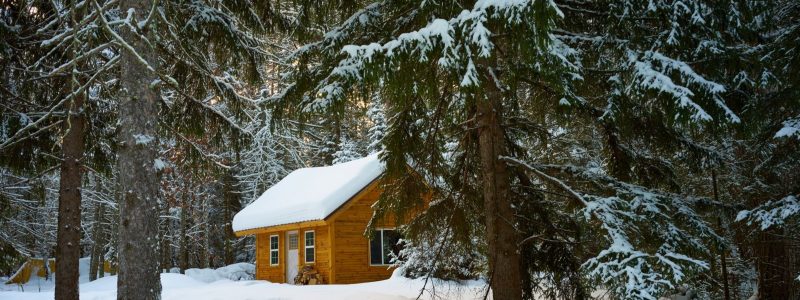If you have ever tried living in a frigid environment, then you know that your abode has to have specific materials to get it through the cold, winter season in one piece. Apart from the need to stay warm, you also need to fit your home with materials that will fight off or at the very least, minimize the damage it can suffer when the temperature drops below zero.
There are plenty of siding materials that you can choose from like wood, aluminum, and vinyl, just to name a few. The thing is, not all of these work well in cold weather conditions where the freeze and thaw cycle can cause a lot of damage and the siding has to work twice as hard to safeguard the property.
What are the Problems that Siding Materials Encounter in Cold Climates?
One of the most important things property owners take into account when constructing an abode in a predominantly cold climate is the warmth it will have when temperatures plunge further during the winter months. For that matter, you certainly can’t go wrong with wood, which is a popular choice because it insulates a lot better than aluminum or vinyl.
However, wood is not without flaws. Since wood is porous, moisture that has seeped into the wood can freeze and then, expand, damaging the siding when spring comes around. This is the main reason why wood has to be scraped and painted every so often as it needs that layer of protection to keep moisture away.
Vinyl, on the other hand, can become brittle when exposed to very cold temperatures. When this happens, it can crack or even break when hit bluntly by a large object like a tree trunk. Aluminum also faces similar problems. Although it won’t crack, it can easily get dented while the color can quickly fade.
Regardless of which siding material you elect to go with, you need to make sure it can protect your home from moisture and of course, the cold. It also needs to be tightly wound around your house so that your heating bill won’t go through the roof. All that said, here are the top three siding materials that you can use on a cold climate cabin:
1) Vinyl
According to www.cladsiding.com, vinyl is one of the most popular choices for homeowners because of its availability and relatively low cost. Through the years, vinyl siding has immensely improved when it comes to its performance during wintertime, thanks to new coatings that have made it a lot more resistant to cracking, buckling, and warping. However, you must be wary of low-quality vinyl siding which can still become very brittle and is prone to cracking when exposed to extreme cold. If you’re going to choose vinyl siding, you’re better off investing in high-quality materials.

2) Wood Siding
Wood siding is a proven commodity when it comes to cabins in winter weather. It performs very well but has one important caveat: it needs proper maintenance all year long to make it effective at weatherproofing and energy efficiency. Since wood easily absorbs water, it can become damaged come springtime. You can keep this from occurring by diligently sealing wood siding with exterior paint to make it last all through the winter.

3) Brick and Stone Siding
Although a bit costly, brick and stone siding more than make up for it with the insulation that they provide, and the protection from water that both materials offer. These are also very sturdy, capable of withstanding heavy snowfall and strong winds. Another thing that makes brick and stone siding great is they don’t need a lot of maintenance.


